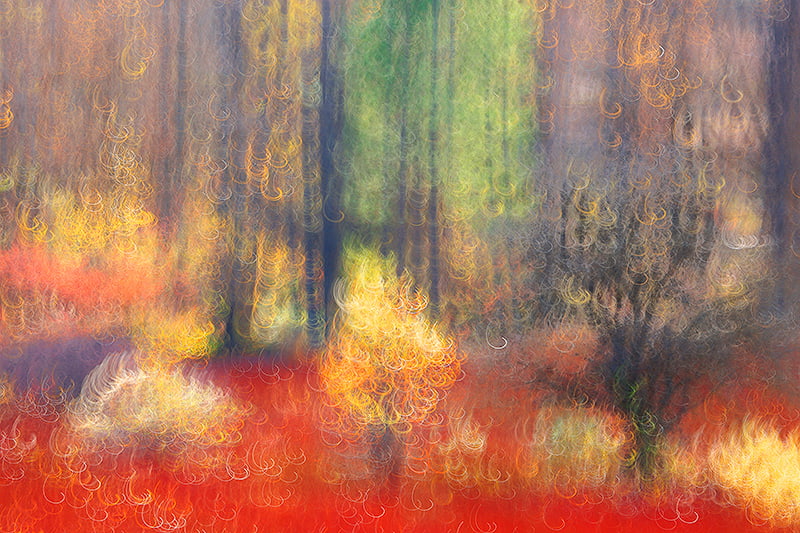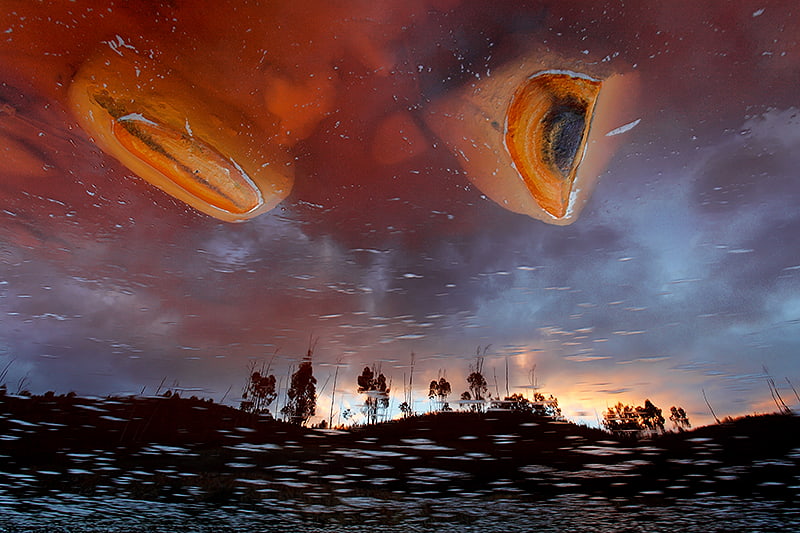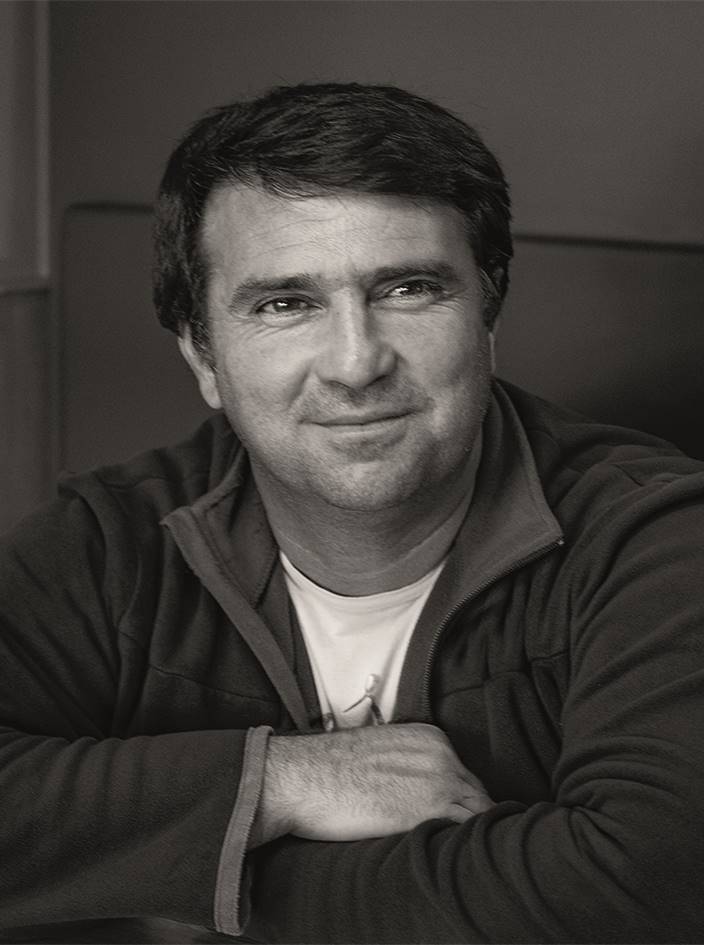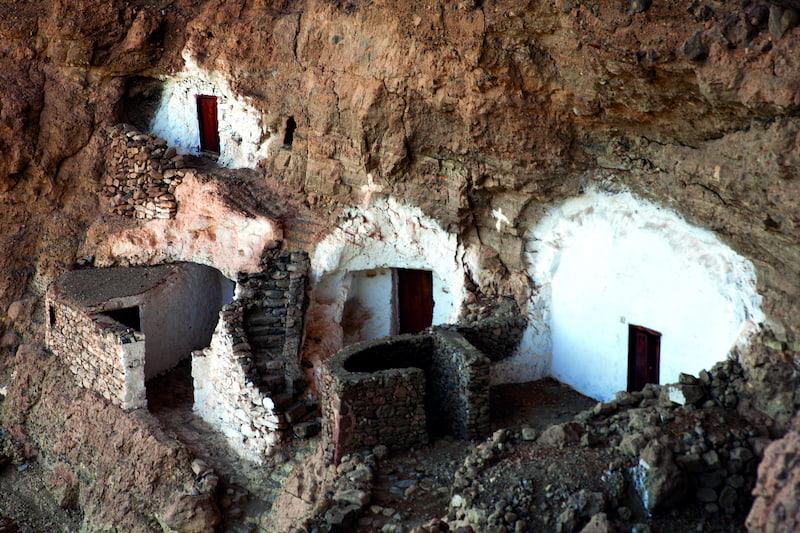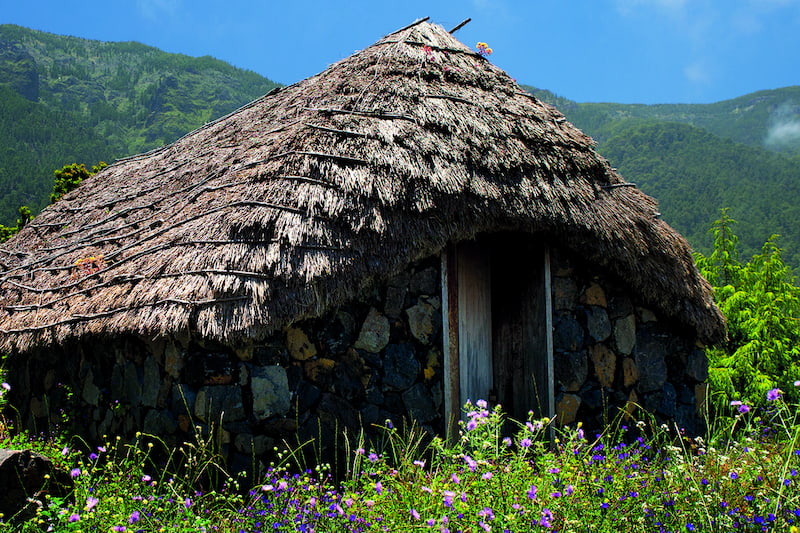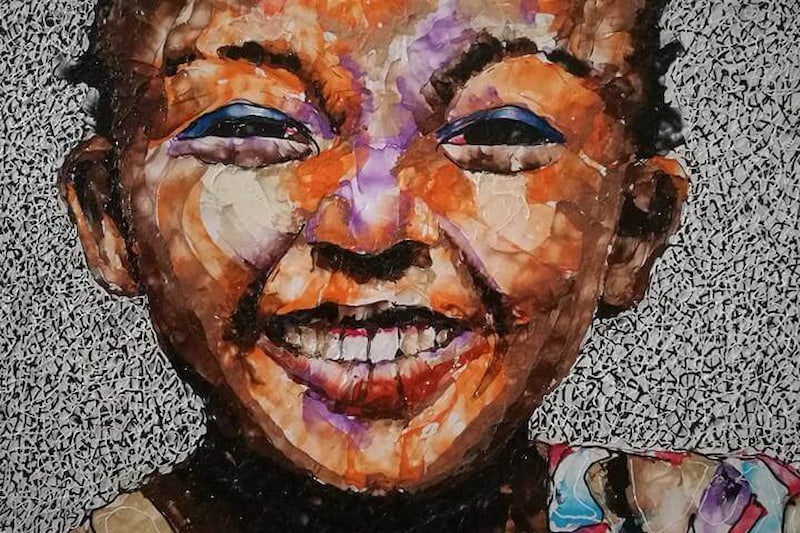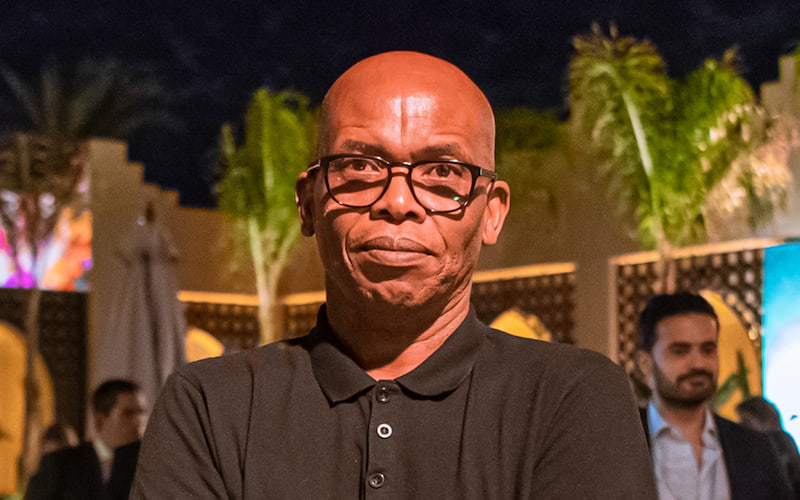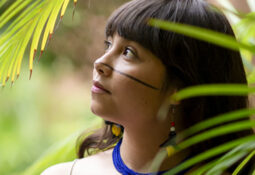Juan Tapia is a farmer who has managed to find his place in the world of photography solely thanks to the quality of his work. This Almerian native’s search for images that transcend the merely visual has led him to win the admiration of the general public, as well as the respect of the most seasoned photographers.
His training began in 2002 at the photography school in his hometown, Roquetas de Mar. There he consolidated his knowledge and discovered his calling in the world of nature photography.
Throughout his 20 years as an amateur photographer, his photographs have earned him major awards in national and international competitions, such as Montphoto, Memorial María Luisa, Fotocam, Asférico, European Wildlife Photographer GDT or Wildlife Photographer of the Year.
He has published in several magazines, including Seobirdlife, Iris, Lnh, and El Paisaje Perfecto, and has also participated in books such as El arte de fotografiar la naturaleza and Paraísos Naturales “una visión creativa” (Natural Paradises “a creative vision”) with the Portfolio Natural collective. He is co-author of the book Pinceladas de Luz “dos caminos hacia la creatividad” (Brushstrokes of Light “two paths to creativity”).
Tapia has taught in person workshops since 2015, where he shows the techniques and processes with which he works. He has also participated as a lecturer in our country’s most important nature photography conventions.
At present he is participating in two important exhibitions that are touring Spain as a member of the Portfolio Natural Collective: ABSTRACT and PICTIO, en la compañía de la pintura (PICTIO, in the company of painting).
www.juantapiafotografia.com


